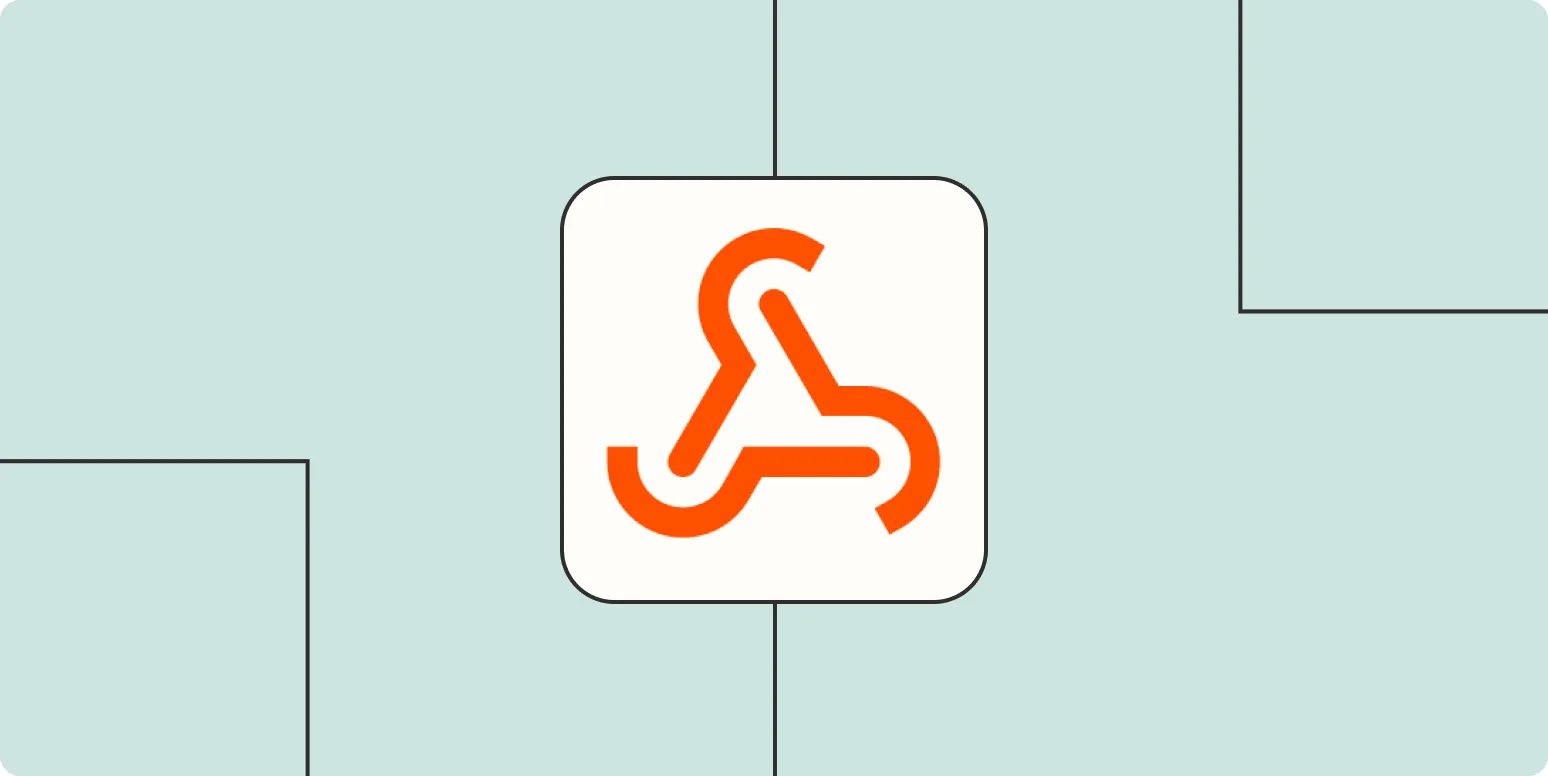Understanding Webhooks
Webhooks are a powerful tool that enable real-time communication between web applications. They allow one application to send automated messages or data to another application when a specific event occurs. This is particularly useful for integrating different services and enhancing workflow efficiency. Unlike traditional APIs, which require constant polling for updates, webhooks push data as soon as it is available, leading to a more responsive and dynamic user experience.
How Webhooks Work
When a specific event occurs in the source application, it triggers a webhook that sends an HTTP POST request to a predefined URL in the target application. This target URL is known as the webhook endpoint. The data is typically sent in JSON format, making it easy for the receiving application to parse and utilize the information. For example, when a user performs an action, such as making a purchase or submitting a form, the source application can send relevant data to a marketing tool for tracking and analysis.
Common Use Cases for Webhooks
Webhooks are widely used across various industries and applications. Here are some common use cases:
| Use Case | Description |
|---|---|
| E-commerce Transactions | Send order details to inventory management systems or CRM tools. |
| Payment Processing | Notify applications when a payment is completed or fails. |
| Form Submissions | Automatically send form data to email marketing platforms or databases. |
| Social Media Integration | Update social media platforms with new content or alerts from other applications. |
Webhooks and ReferrerAdCreative
In the context of digital marketing, webhooks can play a vital role in managing campaigns effectively. One specific application is in tracking the performance of ad creatives through referrerAdCreative. When a user interacts with an advertisement, the event can trigger a webhook that sends information about the referrerAdCreative to a marketing analytics tool. This helps marketers understand which ad creatives are performing well and which ones need optimization.
The Benefits of Using Webhooks
Implementing webhooks offers several advantages:
- Real-time Data Transfer: Webhooks provide immediate updates, allowing applications to react quickly to changes and events.
- Reduced Server Load: Since webhooks push data only when necessary, they eliminate the need for constant polling, reducing server load and bandwidth usage.
- Enhanced User Experience: By enabling real-time notifications and updates, webhooks contribute to a smoother user experience.
- Improved Integration: Webhooks facilitate seamless integration between different platforms, making it easier to build complex workflows.
Setting Up Webhooks
Setting up a webhook typically involves the following steps:
- Define the Event: Determine which event in the source application will trigger the webhook.
- Create the Webhook Endpoint: Set up an endpoint in the target application to receive and process the incoming data.
- Configure the Webhook: In the source application, specify the URL of the webhook endpoint and any necessary authentication details.
- Test the Webhook: Perform tests to ensure that the webhook is functioning correctly and that data is being transmitted as expected.
Conclusion
Webhooks are an essential component of modern web applications, enabling seamless communication and integration between different services. By utilizing webhooks, businesses can enhance their marketing strategies, particularly in tracking the performance of referrerAdCreative. As more organizations adopt this technology, understanding how to implement and optimize webhooks will be crucial for maintaining a competitive edge in the digital landscape. Whether you're in e-commerce, marketing, or any other industry, embracing webhooks can lead to significant improvements in efficiency and effectiveness.





